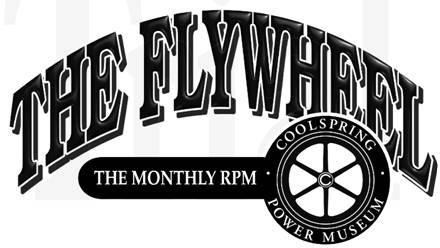
May 2013
The Mysterious OD
By Paul Harvey
It is now May with nice weather upon us, and the museum's first open weekend is already history. In about two weeks, on May 18 & 19, the museum will again be open with selected running displays and guided tours. Then, in about one month, will be our big June Show featuring "Oil Engines." Any engine that uses compression ignition and injects a liquid fuel will be included. Of course, exhibitors are welcome to bring all their treasures and operate them in our display fields.
So that brings us to this month's topic, The
Mysterious OD. This was a most unique oil engine built by the
Bessemer Gas Engine Company of Grove City, PA, and was named the Model
OD. Nothing else was quite like it. But before the discussion of the
engine, I would like to look at the history of
In 1896, Dr. Edwin J. Fithian, of
At this time, the steel industry was expanding in
So with the name of
About 1915, Bessemer Gas Engine Company entered the oil engine market with the Type IV oil engine, see Photo 3. These were very durable and simple, two-cycle, intermediate compression pressure oil engines using a very sensitive inertia governor. They are considered "semi-diesels" as the compression pressure is about 250 psi so they need an external heat source to start. When under load, the external torch can be extinguished. This is very similar to the glow plugs used today in some automotive diesels. The Type IV was built in larger sizes and included the 180 hp twin-cylinder model weighing twelve tons.
So now we get back to the Mysterious OD. About the same time, the firm apparently saw the need to build a smaller, but high quality, oil engine. The OD appeared about 1916 and was not well received so that production ended about 1925. Note Photo 4. In retrospect, this was a very high quality engine with features to be described, but probably was too expensive to build when the Type IV could do the same task. It appears to have been only in the 15 hp to 35 hp sizes.
Another part of the mystery is the model name of OD,
when all other engines were called a "type" (and number).
The OD was designed by Harold F. Shepherd, a
professional engineer whose interest was oil engines. Born in 1889, the
1920 US Census lists him living in
His patent, as noted above, is a cross section of the
head of the OD. This is what makes the engine so unique. Note the
large plug in the head end with the 'T" handle to facilitate easy
removal. There is an external torch that directs its flame to the
bottom of a pot-like structure which is heated for starting. The fuel
injector is located at the bottom of the head to spray directly onto the
pot. This pot is the interesting device as it contains liquid mercury,
is externally heated on the bottom, and water cooled on the top with the
fuel oil sprayed up into it. Mercury has a very high specific heat;
that is, it holds heat very well and much better than water. Once
heated externally for starting, the mercury pot controls the vaporizer
temperature. When the engine is idling, the mercury pot maintains a high
temperature to assure good combustion. But when the engine is under
load, the mercury boils and its vapor is condensed on the top of the pot
which is water cooled, and giving up its heat, it drops back down as
liquid again. This controls the vaporizer temperature so that it does
not get too hot. It is noted that mercury boils at 672 degrees F.
Photo 7 shows Reid Wellman's 20 hp OD
The OD had many other unusual features including a chain driven vertical governor head, a power operated lubricator, an unusual fuel and injection pump and a cylinder pop off valve set at 500 psi. It seemed to have too many bolts to hold the head and cylinder in place but then this was a high quality engine. Perhaps one of the most unusual features was the floating cross head as shown in Photo 8. There was one main pin through the connecting rod, the end of the piston rod and the cross head shoes, allowing them motion to follow the guide bars. This was intended to reduce wear and maintain better alignment.
It is interesting to compare the rugged simplicity of
the Type IV Bessemer Oil Engine, see Photo 9 for a
cross section, to the lighter and more complicated Model OD, see
Photo 10. Apparently,
Photo 11 depicts Reid Wellman's beautifully restored
OD. After heating the mercury pot and replacing the plug in the head,
one or two shots of compressed air sets it into operation. It idles
very smoothly for a two-cycle and is a joy to watch run. This engine is
serial number 29034 and was shipped from
All OD oil engines were shipped with a 4 x 4 inch, bore and stroke,
inverted
Photo 14 shows the Museum's 20 hp OD awaiting restoration. It is serial number 29037, only three numbers later than Reid's engine. It was found in the back corner of an old oil field warehouse in the 1970s located in the Oil City, PA, area. Apparently it had been used in a National Transit Pipe Line station near there. The paint colors denote such usage. Close inspection will reveal the head with it's removable plug for the starting torch and it's massive array of bolts. The fuel pre-heater can be seen attached to the cylinder with the fuel and injection pump just behind. The well-finished governor head stands near the crank shaft. The flywheels are actually "spindly" but six feet in diameter and the crankcase is covered with a nicely done sheet metal guard to contain the lubricating oil.
It is hoped that the reader has enjoyed this brief history of
Sincere thanks to Reid Wellman for providing some photos and information to make this article possible.
Please visit
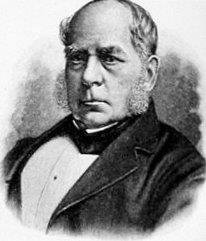
Photo 1: Sir Henry Bessemer
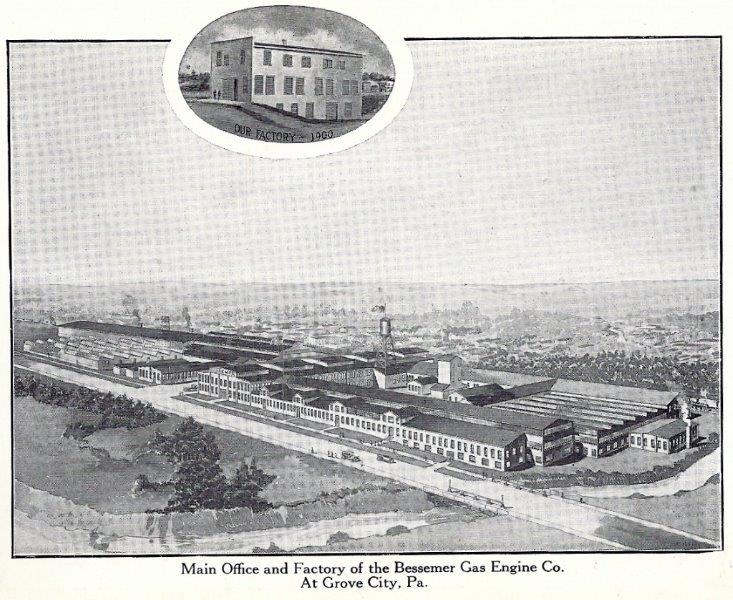
Photo 2: The Bessemer Gas Engine Company factory
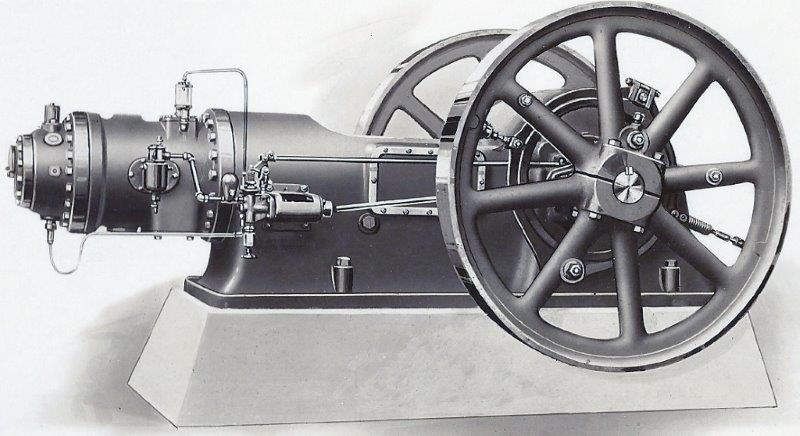
Photo 3: Bessemer Type IV oil engine
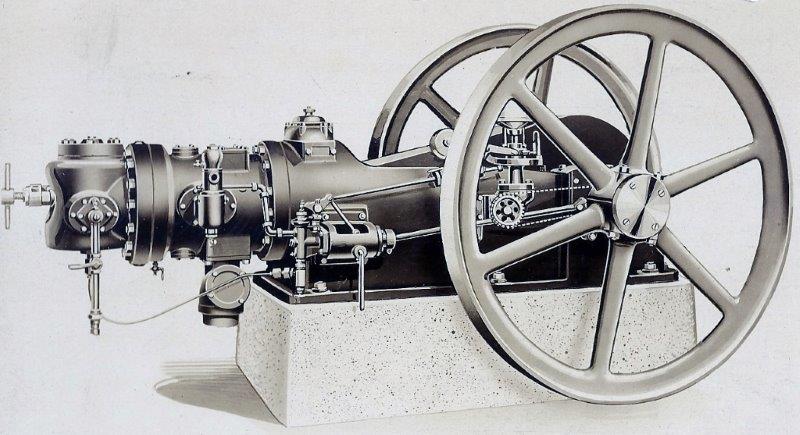
Photo 4: Bessemer OD oil engine
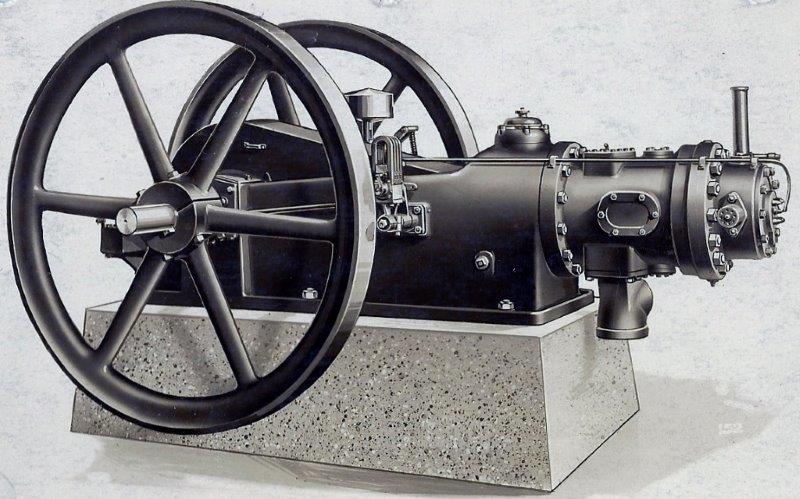
Photo 5: Bessemer OD gas engine
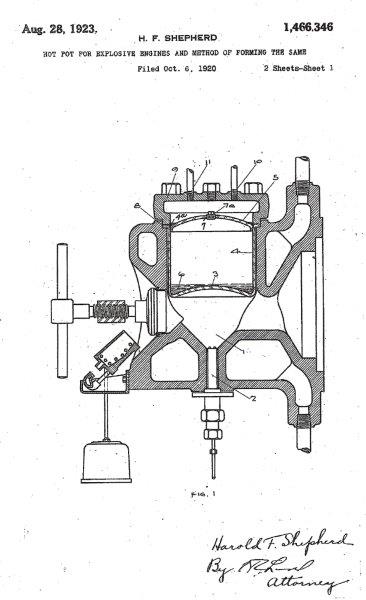
Photo 6: Sheperd's patent for the OD vaporizer
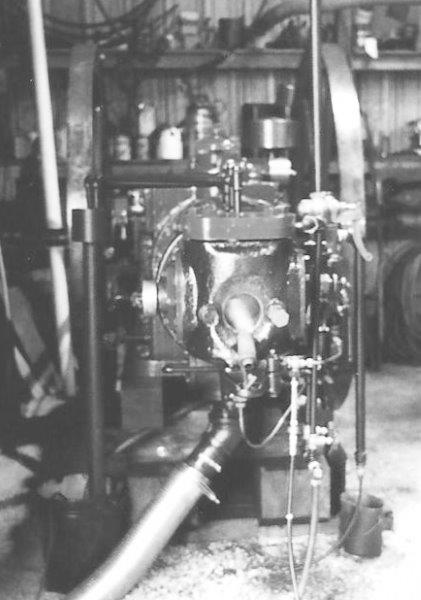
Photo 7: Reid Wellman's 20 hp
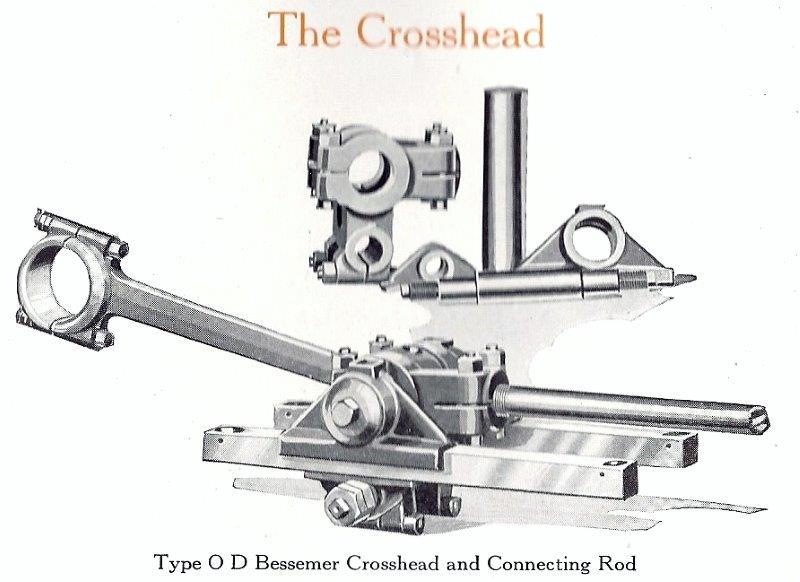
Photo 8: Bessemer OD floating crosshead

Photo 9: Cross section of Type IV Bessemer engine
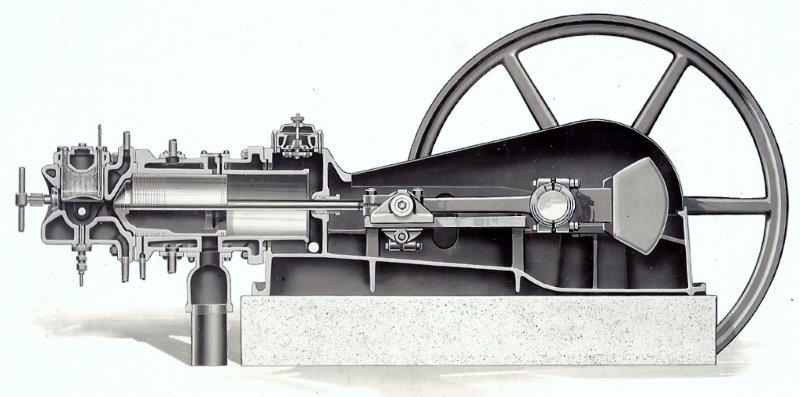
Photo 10: Cross section of Bessemer OD engine

Photo 11: Restored Bessemer OD engine
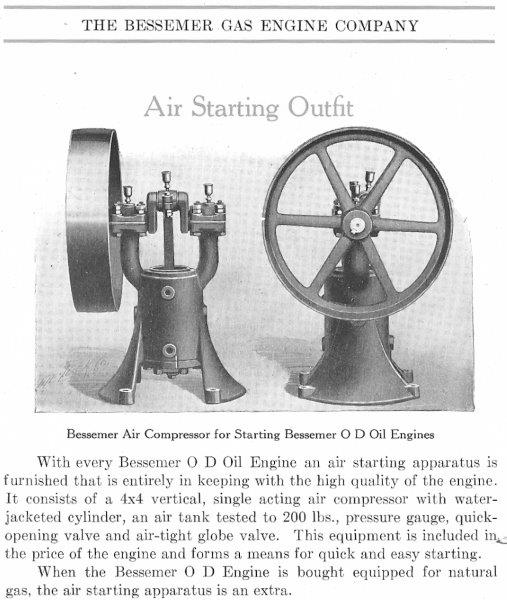
Photo 12: Bessemer starting air compressor
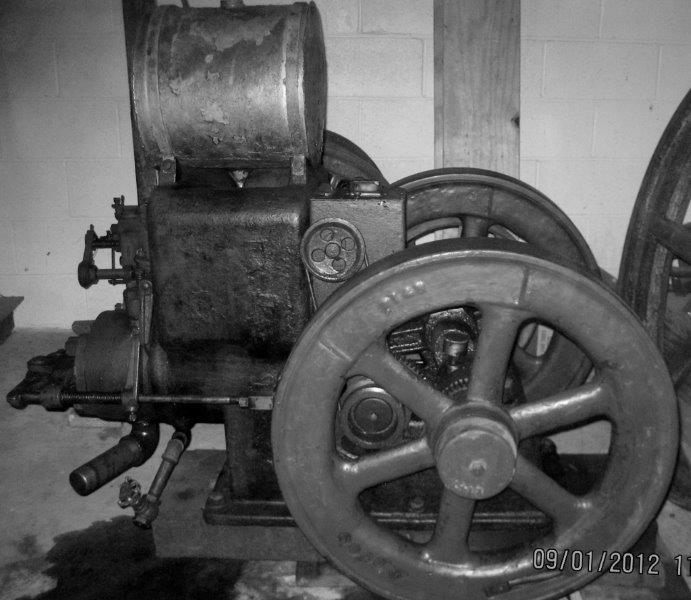
Photo 13: 4 hp St. Marys engine
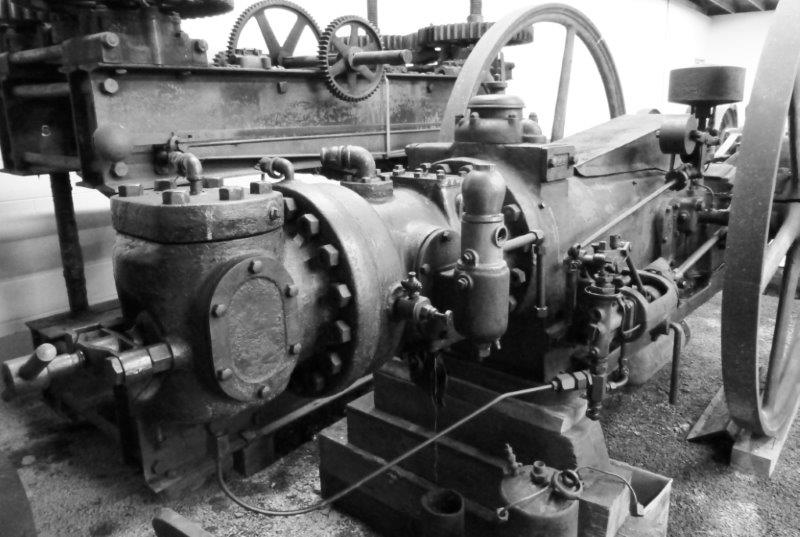
Photo 14: The museum's 20 hp Bessemer OD engine